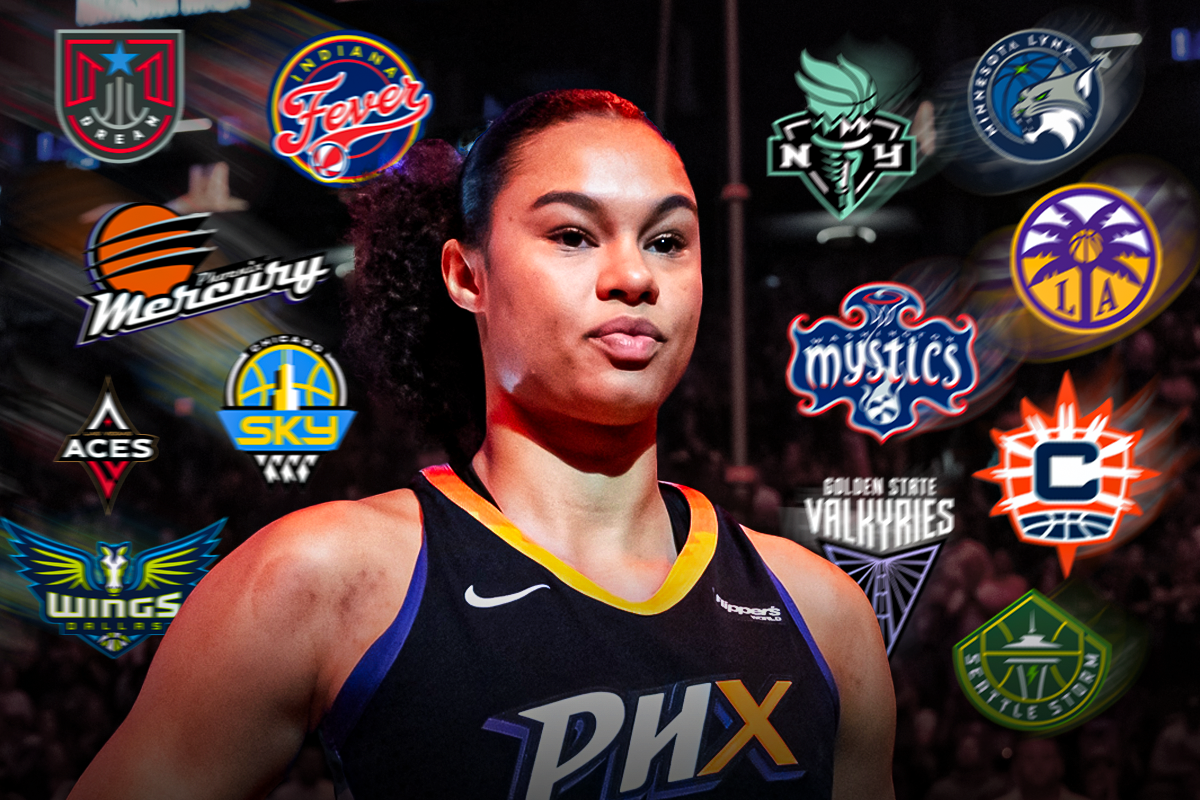
Imago
IMAGN

Imago
IMAGN
“Terrible,” Satou Sabally said of the WNBA scheduling this year. “Come on, man,” Patrick Beverley quipped in reply.
Watch What’s Trending Now!
When Sabally entered the league, the ink on the 2020 CBA papers had barely dried, only a few months old. She was just 22, wide-eyed, stepping into a new world. Now, at 27, with five seasons behind her, she carries not only experience but also a voice that she insists deserves to be heard.
Do not mistake it for impulse, though.
ADVERTISEMENT
It has roots reaching into Germany and Oregon. She has learnt the language of labor rights, the intricacies of crime, law, and society. Those lessons, braided together, still guide her. “I can’t change the world today, but a drop in the ocean will still make a wave,” Sabally once said. And indeed, her WNBA drop has rippled outward. However, for some, that same wave does not soothe but rings, sharp and unrelenting, in their ears.
And it is not just Patrick Beverley. Even Rachel DeMita, who’s quickly become a popular WNBA analyst and a well-liked figure on YouTube and TikTok, called out Sabally in her recent episode of Courtside Club. A few days ago, the question about the W’s restrictions, like limiting participation in rival leagues, was posed to Sabally. “I wasn’t aware that they already publicly announced that. That’s wrong. I made more money at Unrivaled than any year in my entire WNBA career,” she said without flinching. The candor was striking, but candor often draws fire.
DeMita dissected those very lines. “The thing that stood out to me the most about this was that Satou said, ‘I wasn’t aware that was made public yet.’ Well, Satou was the one who made that information public on her TikTok,” she countered! That TikTok did carry a declaration of sorts: “I could go on a whole rant… And we still make more money at Unrivaled or overseas, which they want us to stop playing in too.” Yet, to be fair, Sabally’s TikTok is pretty recent. Storm’s Gabby Williams, around late July, had already taken aim at the WNBA for trying to edge out leagues like the Unrivaled and Athletes Unlimited.
ADVERTISEMENT
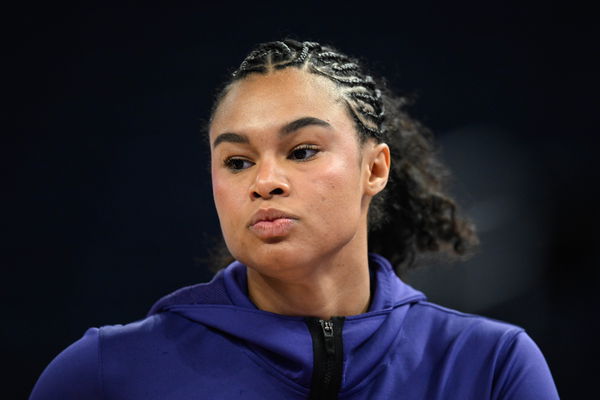
Imago
Aug 19, 2025; San Francisco, California, USA; Phoenix Mercury forward Satou Sabally (0) looks on before the game against the Golden State Valkyries quarter at Chase Center. Mandatory Credit: Eakin Howard-Imagn Images
Still, without nuance and a calendar, Sabally can seem like a “complaint box” to many, repeatedly advocating for player rights with phrases like “a slap in the face”. Satou herself addressed this once, saying, “I feel like that it’s only men that are in my comments harassing me when I complain about the number of games, when I complain about anything. But I still want more money, and I know I deserve it, and I know girls after me deserve it.”
ADVERTISEMENT
With such heightened scrutiny against Sabally, the important question has taken a backseat.
It’s no longer simply whether she is being heard. With a flick of dismissive hands, the conversation has shifted: Are her demands even worth listening to?
ADVERTISEMENT
What Is Satou Sabally Standing Up For?
It wouldn’t be fair to say Satou Sabally is the only one standing up to the W right now. Players across the league are pushing for something very important – to be paid what they deserve.
The current CBA, signed in January 2020 after Cathy Engelbert took over as commissioner, was supposed to last through 2027. But with the league booming like never before, the WNBPA opted out last October. Now, there’s a real possibility that if things don’t change, we could see some of our favorite stars not suiting up in the league we love.
Top Stories
Forced to Leave FOX, Cowboys Legend Troy Aikman Says ESPN Is Like ‘U.S. Government’ & Clearly Distinguishes the Two Networks
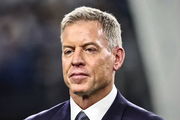
$250M Michigan Booster Reveals More to Sherrone Moore Saga After Paige Shiver Confirms Police Visit

NFL Files Motion to Dismiss Former Texans Board Member Cary McNair’s “Legally Baseless” Lawsuit

Rafael Nadal Faces New Injury Blow Only a Year After His Emotional Tennis Exit
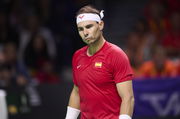
T.J. Watt’s Wife Shares Emotional Update on Steelers LB Following Worrying Health Scare

Heisman Voter Flags Julian Sayin Disrespect as Fernando Mendoza and Diego Pavia Announce True Intentions

Satou grew up in Germany, a country known for its worker-friendly laws and codetermination, a system that gives employees a say in major company decisions. With that background, it’s no surprise that she has been vocal about addressing the other issues that continue to trouble women athletes in the W.
ADVERTISEMENT
The biggest issue of them all?
- Roster expansion and divided attention: “How cool would it also be to have a little bit of expansion on rosters?… Let’s focus on the teams that have everything set up right now, and maybe focus on the teams also that find excuses continuously to lack investment into their players before we focus on adding more to the grain of people that can’t really be sustained”.
- Pay issues: “Jamal Murray got fined 100k yooooo! Glad he didn’t get suspended and the fine is def justified but Zamn!! More than our full Rookie salary lol”
- Overloaded and inequitable schedules: “Cathy [Englebert] added a lot of games, and for us as players, recovery is so important. We put our bodies on the line every single time. We had nine games in 18 days. That’s not really responsible for a commissioner… Other teams have like three back-to-backs. There are a lot of things that we could clean up in terms of scheduling“.
- Lack of player safety in scheduling and ignoring sports science: “Terrible. It’s like they don’t care about players’ safety…It’s like they don’t care about scheduling or whatever. I only mentioned that one time at the beginning of the season. I know people always love to come and say, ‘Oh, you guys want to get paid more, you guys need to play all these games,’ but at some point, there’s a sports science to it.”
ADVERTISEMENT
Are Satou Sabally’s Demands Justified?
The Pay Issue
Satou Sabally and her fellow players aren’t just asking for more money; they’re asking for what they’ve earned. Right now, WNBA players take home just 9.3% of the league’s revenue. Put that next to the NBA, where players get nearly half of Basketball-Related Income (BRI), or the NFL and NHL, where it hovers around 48–50%, and the disparity is hard to ignore.
Then there’s the visible impact of wizards like Caitlin Clark. None of us needs a reminder on how just her presence causes ripples in viewership and league income. The growth doesn’t stop there. The 2024 season drew 54 million unique viewers and marked the highest in-person attendance in 22 years — nearly double the year before. Franchise values have exploded too! The Las Vegas Aces, bought for $2 million in 2021, are now estimated to be worth $310 million, and the New York Liberty, purchased for $10–14 million, are estimated at $450 million.
ADVERTISEMENT
Even Cathy Engelbert acknowledged the surge across 2024 and 2025, pointing out that national viewership is up 23% year over year, while attendance jumped 26%, the highest in decades. Add to that the massive $2.2 billion TV deal for the next 11 years, guaranteeing $200 million a year and marking a 6x increase from the previous ESPN deal. Oh, and how could we forget that the WNBA has reportedly agreed to collect $925 million in expansion fees by 2030?

Getty
PHOENIX, ARIZONA – JULY 20: WNBA commissioner Cathy Engelbert speaks to the media before the 2024 WNBA All Star Game at Footprint Center on July 20, 2024 in Phoenix, Arizona. (Photo by Alex Slitz/Getty Images)
The league’s growth has never been more obvious!
ADVERTISEMENT
Despite that, WNBA salaries range from a minimum of about $66,000 to a supermax of around $250,000, according to Sports Illustrated. That’s pretty low, especially now that players are finding more lucrative opportunities elsewhere.
Take Unrivaled, for example — its three-month season pays an average of $220,000, nearly $100,000 more than the WNBA’s reported average of $102,249.
According to WNBPA president Nneka Ogwumike, there’s an offer on the table to raise the maximum base salaries to at least $1 million, a 4x increase, while keeping a structure similar to the current CBA. On paper, it sounds huge, and honestly, I believe they should take it. But at the same time, the players aren’t wrong for holding out for more.
WNBA salaries are still nowhere close to NBA levels.
The average NBA player makes around $13 million, while WNBA players take home less than 10% of the league’s Basketball-Related Income. For comparison, NBA players get nearly 50% of BRI, which covers everything from ticket sales and media rights to merchandise. That’s why the WNBPA is pushing for a revenue-sharing model that grows with the league’s success, instead of sticking to a fixed percentage.
Scheduling and Roster Issues Due To Expansion
One argument people presented when Sabally protested against the scheduling issues that saw her play 4 games in 6 days was the fact that NBA players play 82 games a season and play more back-to-backs than WNBA teams. But that’s not how we should be viewing this issue. Let me tell you why.
The WNBA currently limits teams to just 12 players, with some even forced to run with 11 to stay under the hard cap. The Indiana Fever were a prime example of this earlier in the season. And naturally, the consequence was stars like Angel Reese, Caitlin Clark, Napheesa Collier, Breanna Stewart, and even Satou herself spending time on the sidelines this year. So, really, why not expand the rosters too?
But Commissioner Cathy Engelbert remains firm, insisting that the current roster sizes are “the right size.”
The NBA season lasts over six months, from October to April. That gives plenty of time to space out 82 games and avoid those exhausting 4-games-in-5-nights stretches. But the WNBA season is different. It runs from mid-May to early September — less than four months. This year, teams are squeezing in 44 games, the most in league history, into that short span. Some teams are playing nine games in just 18 days, or five games in eight. That’s a tough schedule for anyone!
On top of that, NBA teams have more depth. They carry 15 standard roster spots, plus three two-way contracts, and even have the G League as a backup. That safety net lets them rest stars without messing up their rotations.
But WNBA teams don’t have that luxury. Naturally, the consequence has been a spike in injury and availability-related issues this season. Caitlin Clark has played only 13 games so far, while Napheesa Collier, Breanna Stewart, and Angel Reese have individually missed at least 10 games each. And that’s not even counting the number of season-ending injuries we’ve seen this year.
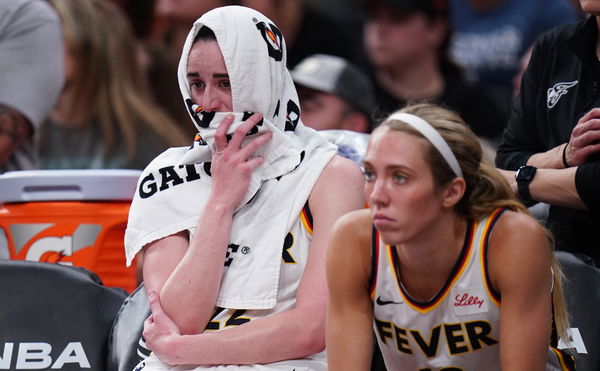
Imago
Jul 15, 2025; Boston, Massachusetts, USA; Indiana Fever guard Caitlin Clark (22) reacts on the bench after a play in the final second of the game against the Connecticut Sun at TD Garden. Mandatory Credit: David Butler II-Imagn Images
Expansion is exciting and a positive step for the sport. More teams mean more fans, more media coverage, and more players entering the league. With the WNBA planning major expansion, five new teams are on the way — the Toronto Tempo, Portland Fire, Cleveland, Detroit, and Philadelphia. By 2030, the league will grow from 13 to 18 franchises. The Golden State Valkyries already came in as the 13th team this season, which bumped the schedule from 40 to 44 games. And once the rest of the new teams join, you can bet the number of games will only keep climbing.
But it also brings more flights, longer road trips, and tighter schedules if the calendar isn’t adjusted. Right now, the WNBA already struggles to fit 44 games in its summer window. Adding teams will only make these scheduling challenges tougher. Even if the league manages to expand the calendar without pushing too deep into the NFL season, the current roster sizes will still limit the product they can deliver compared to what they could achieve with larger rosters.
Cathy Engelbert once said, “Speaking out and taking action to address injustice is in the DNA of the WNBA. For our entire history, it has been core to the work we all do.”
That’s exactly what Satou Sabally is trying to do.
But instead of support, she’s getting criticized for demanding what athletes truly deserve.
There’s a big chance that if the W players’ demands are not met by the October 31st deadline, the WNBA might even cease to exist (a detrimental lockout). So, her point shouldn’t be dismissed as just a complaint. It’s a warning – a reminder of what happens when expansion and exposure outpace the investment in player support.
ADVERTISEMENT
ADVERTISEMENT
ADVERTISEMENT

